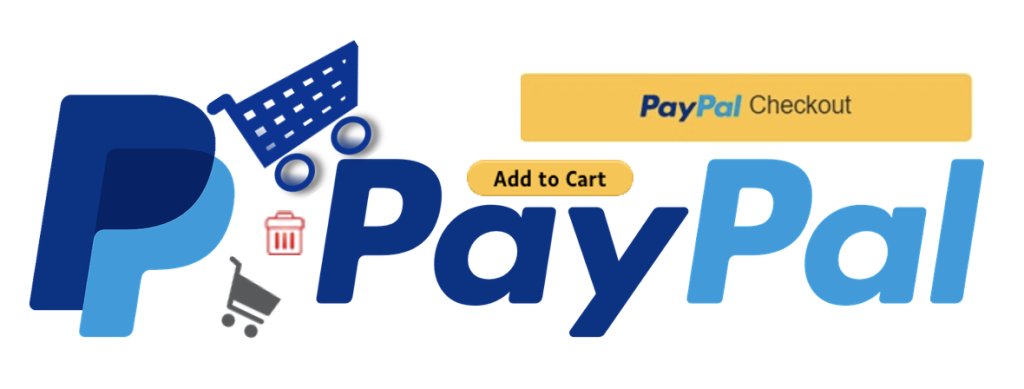
If you have an eCommerce site that is growing, you may have noticed that some recurring expenditure is also growing. One such is the cost of transactions, in this case, commissions or transaction charges on sales. The costs are very similar, whether you are using PayPal, Stripe, Flutterwave or some other payment gateway.
The bad news is that you cannot (easily) cut out payment gateways, they are a bit like taxes. 🙁 The good news is that you can reduce the amount you shell out per transaction. One option is to integrate with the payment gateway directly, rather than using a third party product.
Third party products are great, especially the free ones. However, as we all know, there is no free lunch. While they get you off the ground quickly, the convenience has a cost attached: higher per-transaction costs. After a while, and as your sales volumes increase, those pennies add up. Furthermore, these products often impose significant constraints on how the products and the shopping cart are displayed on screen.
Sooner or later, you get to the point where you may want to go ‘pro’ for greater artistic freedom, to gain access to premium features, or to reduce the transaction charges. But ‘pro’ versions can be quite pricey for small-holders or those running a side-hustle. Almost all are subscription based, and the fees are paid annually, in advance. In essence, you pay upfront, whether you make money or not.
I had the same challenge, and decided to have a look at what it would take to integrate directly with PayPal. For me, the motivations were costs and design freedom. It took a while, but that was because I started off reading the PayPal docs, which, in my opinion, could have been better written. However, I soon found alternative resources on the web that made the process clear and simple.
Using those sources, I have created a repository with a simple, customisable shopping cart that integrates with PayPal. Why create a shopping cart, aren’t there tons of those already out there? Well, all the ones I saw were integrated with eCommerce platforms such as WooCommerce, EDD, etc., which meant that you need to install at least one other plugin to get the cart working. I wanted something generic, independent and simple, with all the skeleton visible and tweakable. It is now ready, and available to the public, gratis, on GitHub.
With a few minor edits (URLs and PayPal client Id), you can get this solution working in minutes. I have used plain and simple JavaScript, HTML and CSS, making it very easy to customise the functionality or redesign the visuals. Click on the GitHub link below to view the repo, read the description, take a copy and see how quickly and easily you can be up and running. If you would like a WordPress plugin to make things even easier, give me a ping.
